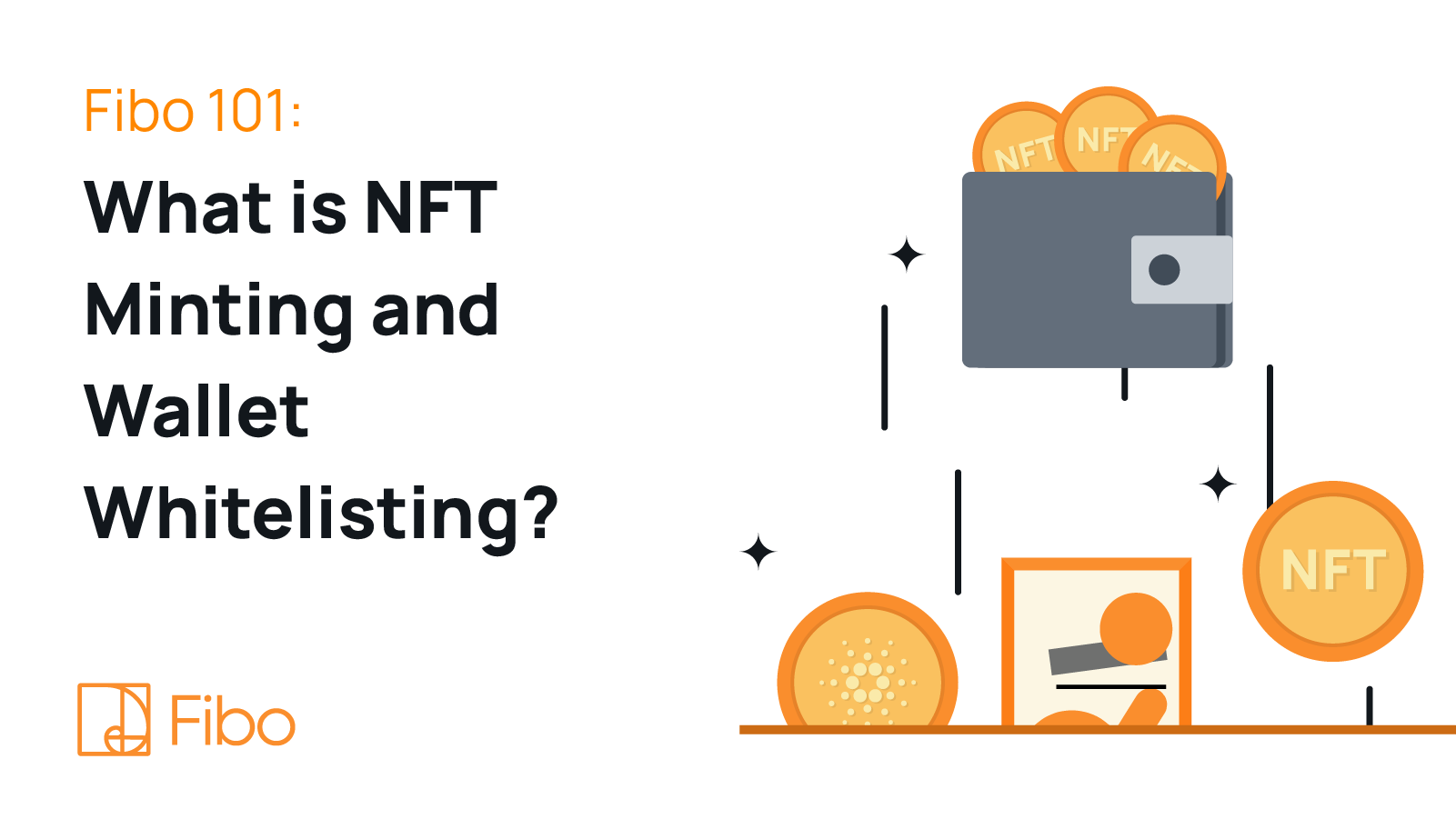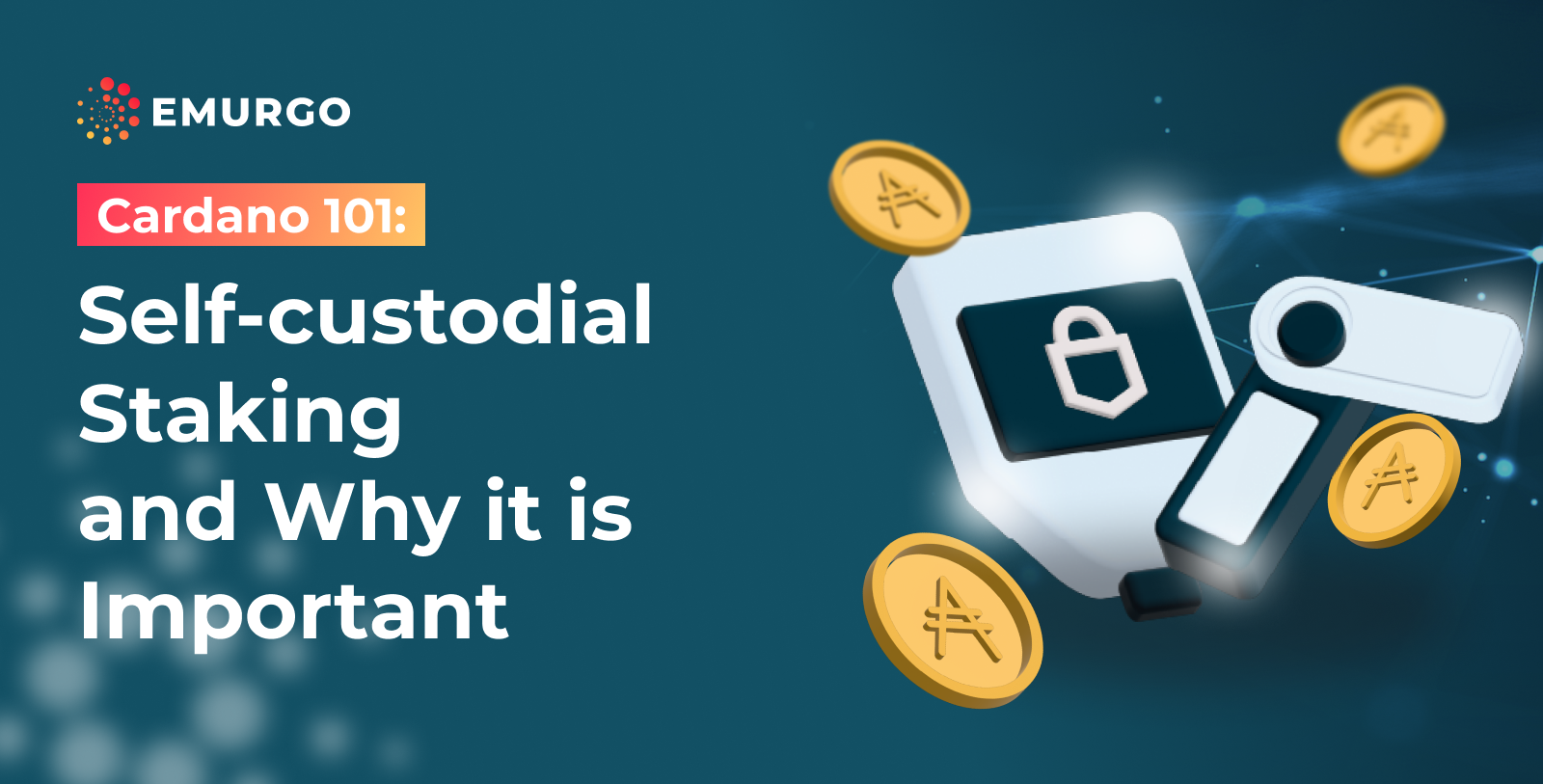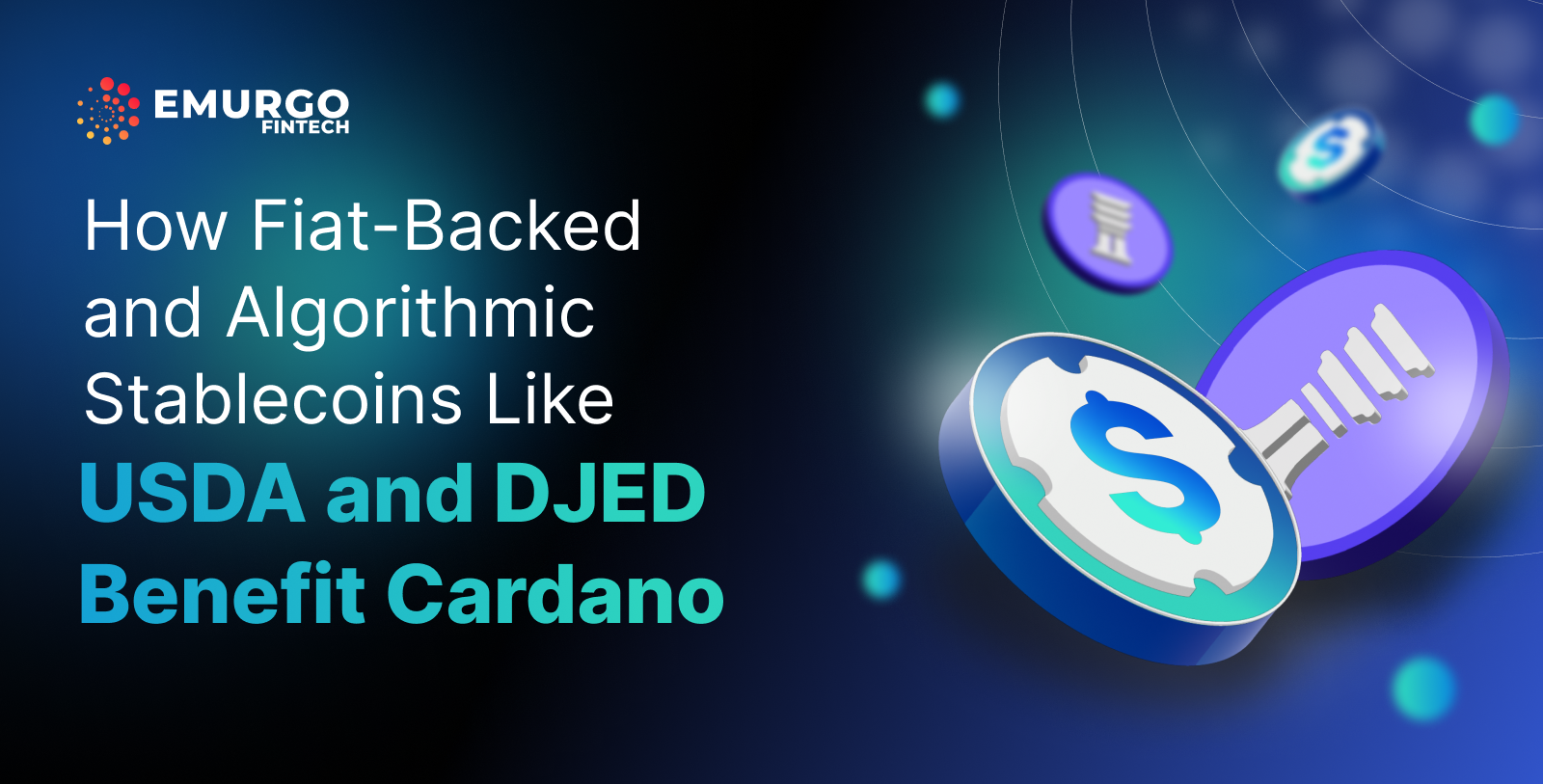As you enter the Cardano NFT journey, there will be new concepts and lingo to learn, but we are here to help you.
Web3 (decentralized web running on blockchain including NFTs) has created a whole host of new words particular to the space.
In this blog, we’ll review two of these words related to NFTs: minting and wallet whitelisting.
What is NFT minting?
Simply put, “minting an NFT” is the same as publishing a crypto token using blockchain to make it purchasable, or just think of it as “creating an NFT on a blockchain.”
That means the actual minted entry on the blockchain or distributed ledger is logged and the crypto asset is registered for the world to see.
NFTs are made of different parts, and each is in charge of a separate domain of what makes an NFT.
First, we have the digital media, image, music, video, etc. that will be the individual piece of art the creator wants to make purchasable.
Second, we have the metadata which contains all of the accompanying information to the original media including the author’s name, creation date, file format, resolution, etc., and anything else that can authenticate the origin of the piece of media. On Cardano’s blockchain for Cardano NFTs, the metadata is part of the transaction and added to the blockchain.
CNFTs (as Cardano NFTs are often called) utilize the same properties of native tokens on Cardano. They are able to be transferred across the Cardano blockchain without the use of a smart contract, so there are no fees generated by the transaction aside from the basic fee the network always charges.
Finally, we have the entry on the actual blockchain or distributed ledger. The registration of this crypto token into the database of the distributed ledger allows everyone in the open-source blockchain network to view it. This registry will include a reference to the external piece of media, the information of the metadata, and the token ID of the individual NFT.
The act of minting is taking all of these separate parts and unifying them when the crypto token is registered to the blockchain. Once the NFT is created, all of these pieces come together and become the single crypto asset or NFT that others are able to buy.
What is wallet whitelisting?
For NFTs, whitelisting usually means that a crypto wallet address such as a Cardano-specific address is pre-approved for minting NFTs during a specified date or time (usually within a pre-determined time range).
Whitelisting allows NFT projects to ensure users are able to get their NFTs and secure at least one for their specific wallet address.
For example, NFT projects may want to give a priority purchase window to wallets that have already purchased their previous collection. These wallets that hold previous NFTs might get whitelisted in return, and gain early, limited access to new future NFT collections.
Additionally, restrictions can be placed, such as limiting the number of NFTs a single crypto wallet can mint, to prevent just a few users from dominating the supply of a particular collection.
Whitelisting is a powerful tool for creators and NFT projects. It allows them to more effectively promote, control distribution, create hype, and much more around an NFT drop or collection.
Visit Fibo.art to start buying and selling Cardano NFTs
Fibo is a Cardano NFT marketplace empowering artists and collectors for a positive social impact.
Developed by EMURGO, a founding entity of the Cardano blockchain, Fibo leverages Cardano’s environmentally-sustainable and open-source blockchain technology to provide a complete one-stop NFT platform including Yoroi wallet integration, minting, buying, and selling Cardano NFTs.
To get started on Fibo, please download Yoroi Wallet Google Chrome Extension and send some Cardano ADA to your account.
Please also join our Fibo Discord using the link below to join our community.
About Fibo
- Fibo Homepage: https://fibo.art
- Fibo Twitter: @fiboNFT
- Fibo Discord: Fibo Community



